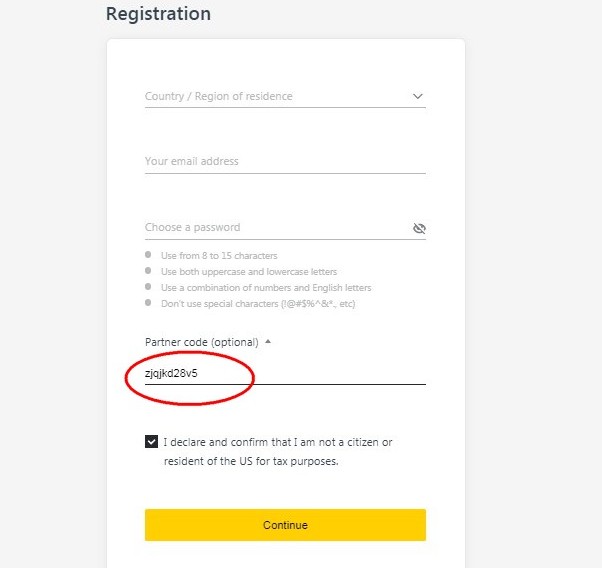XAUUSD Analysis
Another Break Above All-Time High
Gold has surged past the $3,200 per troy ounce mark as the U.S. dollar weakens and trade tensions between the U.S. and China escalate. These developments have heightened fears of a global recession, prompting investors to flock to safe-haven assets like gold.
Look for Buy Opportunities Around Support Zones
The intraday bias remains bullish, following another breakout to a new all-time high. Watch closely for potential pullbacks to support areas, which may offer opportunities to confirm buy signals in line with the current trend.
Forecast: STRONG BULLISH on XAUUSD
Trade Plan
-
Buy Zone: 3202.81 – 3173.18
-
Stop Loss (SL): 3126.62
-
Take Profit (TP):
-
TP1: 3249.61
-
TP2: 3306.91
-
TP3: 3367.62
-
Maintain proper risk management, and trade in line with the prevailing trend momentum. The breakout of successive all-time highs signals strong bullish sentiment—don’t miss potential retracement entries!
Happy Trading!























.png)
.png)
.png)
.png)



